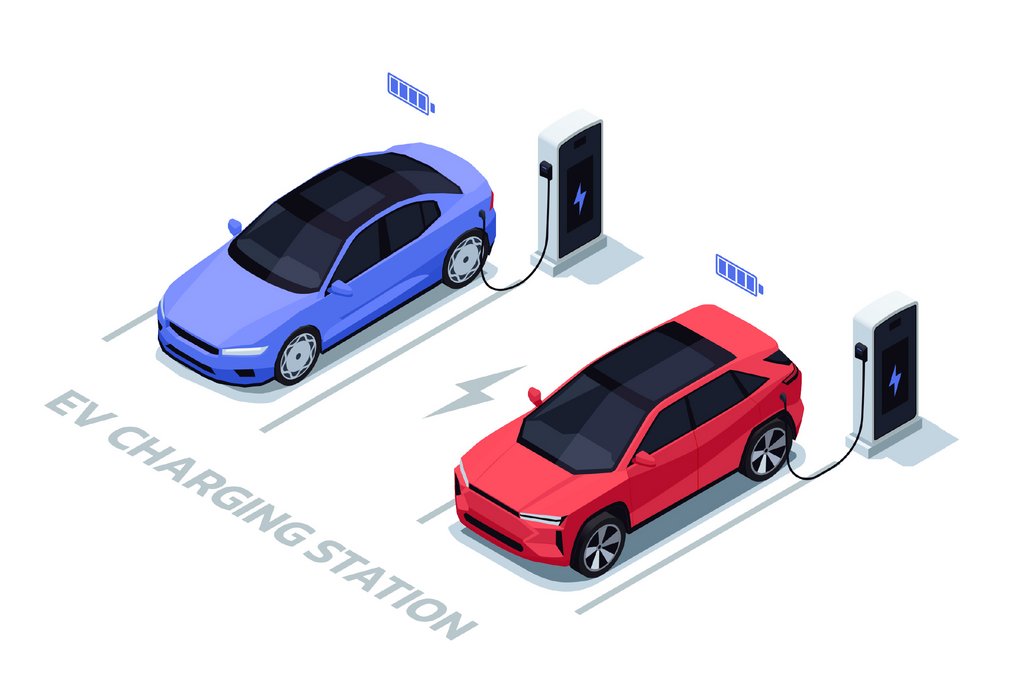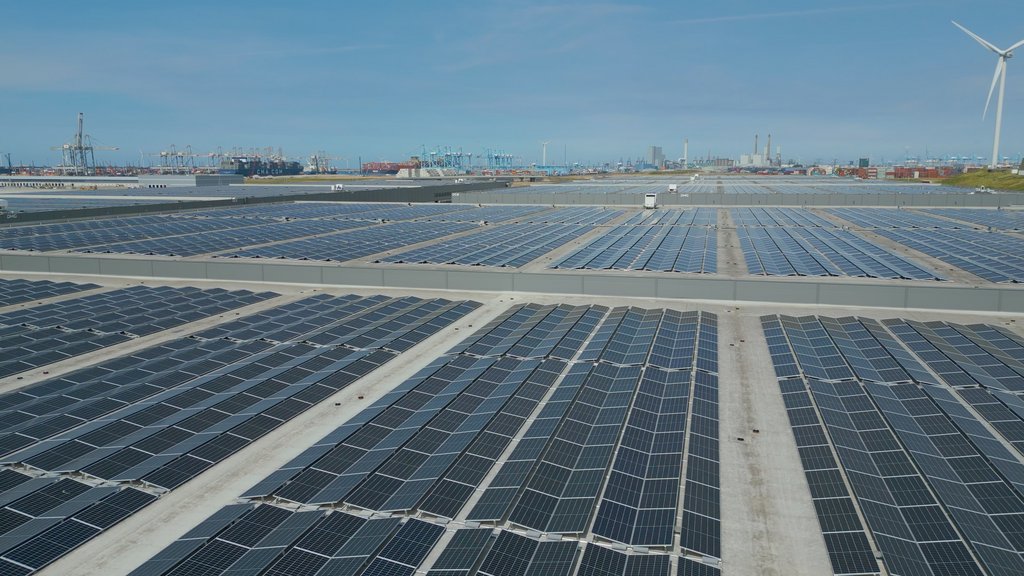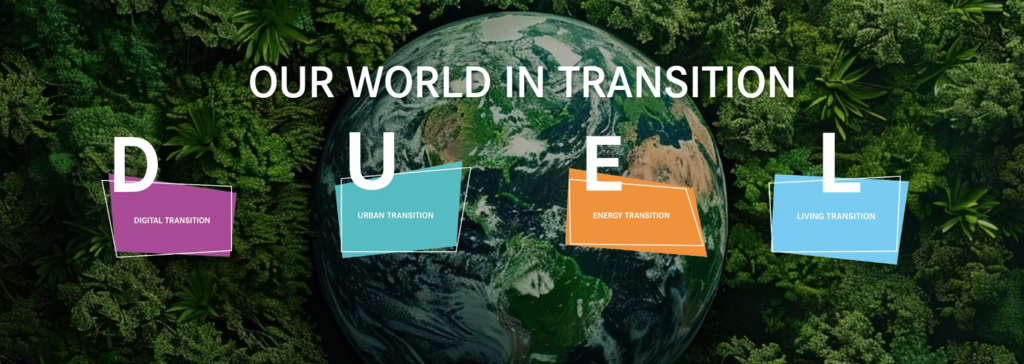Real estate and infrastructure synergies driving the emerging ‘RE-Infra’ asset class
by James Muir, Phoebe Smith
Infrastructure is having its moment
In American consulting firm Mercer’s Large Asset Owner Barometer 2024, which consulted 61 large asset owners with a combined AUM of USD 2 trillion, infrastructure was the asset class with the highest percentage of respondents stating they would increase their allocation for the forthcoming 12 months. Similarly, 70% of the institutional investors who took part in the PATRIZIA Client Survey 2024 stated that they intend to increase the share of infrastructure in their portfolios over the next five years.
This increasing investor appetite for infrastructure is expected to see the global unlisted AUM for the asset class grow to USD 2.4 trillion by 2029, according to investment data provider Preqin. Given this interest, it is hardly surprising that the world’s largest asset manager Blackrock last year acquired Global Infrastructure Partners (GIP) for around USD 12.5 billion. The move followed PATRIZIA’s own infrastructure play three years ago when it acquired Whitehelm Capital, which had an AUM of EUR 3.2 billion at the time and now has more than double that figure.
There are plenty of reasons why investors are shifting to a larger share of infrastructure in their portfolios, such as:
- Infrastructure being relatively resilient to external influences. For example, there were often no or only minor value corrections due to the interest rate increases in 2022 and 2023.
- During the low-interest phase, which lasted until 2022, infrastructure was one of the asset classes with comparatively regular cash flows.
- Infrastructure sharing many characteristics that also make real estate an attractive investment, such as low volatility, diversification potential, inflation protection, stable cash flows and value creation potential through active asset management, but also their high illiquidity and capital intensity.
- The global investment potential being more than large enough to provide a sufficient number of suitable investment opportunities, particularly with current global megatrends such as decarbonisation and digitalisation.
Convergence in investment profiles
Looking at the investment profiles of real estate and infrastructure outlined by Preqin, there is a high degree of convergence between real estate and infrastructure with regard to its six criteria of: diversification, risk-adjusted returns, absolute returns, correlations to other asset classes, inflation protection, reliable cash flows and portfolio volatility. Diversification is the most important criterion for investors in both cases (75% and 65% respectively), followed by reliable cash flows and inflation protection (> 50% in each case).
Combination of real estate and infrastructure
While adding infrastructure to an existing real estate-focused business is beneficial in itself, added value can be created by combining real estate and infrastructure into a single integrated and consolidated product.
For example, data centres are an asset class that has historically been assessed by both real estate and infrastructure investors. We are now seeing GPs take advantage of this crossover to raise the significant amounts of capital required in the data centre space by investing from both their real estate and infrastructure funds in single data centre platforms, often utilising structuring such as an OpCo/PropCo split to ensure both are achieving their desired risk/return profiles.
The combination creates synergies across different cycle phases, enhancing the value chains of both asset classes.
Combination of real estate and infrastructure at property level
One way this can be done is through the installation of charging points for electric vehicles (EVs) in or on a building. EVs are becoming increasingly popular, yet, despite the higher take-up of EVs, the charging infrastructure to support them is not keeping pace.
To catch up with the rise of EVs, it’s vital that long-stay parking facilities, both public and those used for residential and office buildings, hotels and other properties, are equipped with charging points.
Fast-charging stations are a requirement at short-stay parking or petrol station locations where drivers need a quick charge before they continue on their journey. These can work in tandem with existing petrol stations, but can also add value to short-stay parking facilities for real estate sites such as supermarkets or shopping centres.
Other examples of RE-Infra in action today are the integration of photovoltaics (PV), or solar panels, onto existing real estate assets, such as logistics rooftops and social infrastructure, such as daycare centres.
Spotlight: PATRIZIA’s ‘solarfication’ programme
PATRIZIA, in coordination with solar partners, has fitted almost 600,000 square metres of solar panels across its logistics portfolio in the Netherlands, the UK, Belgium, Germany and Spain. Plans are in place to double the solar coverage on its logistics roof space in the Netherlands, France and Belgium, supporting the energy transition. Once complete, PATRIZIA’s logistics portfolio will generate enough clean energy to power up to 37,000 households across Europe. Moving forward, this will be a vital part of real estate investing, to ensure that integrated solutions are assessed to meet with the essential decarbonisation of the built environment.
Joined-up approaches can add value to a real estate asset and pave the way for the integration of infrastructure expertise, benefitting both asset classes and simplifying the process for investors who can operate within one fee structure and potentially diversify an asset’s income stream if dealing with one manager.
Thematic investing at portfolio level
The symbiosis between real estate and infrastructure becomes more complex when you move away from single assets and focus on portfolios. However, this corresponds to a trend increasingly adopted by many investors and asset managers: thematic investment strategies.
Take the digital, urban, energy and living transition megatrends – which we refer to by the acronym ‘DUEL’ at PATRIZIA – and specifically the energy transition. Viewing decarbonisation investment opportunities through the lens of real estate and infrastructure opens up a wider range of propositions across portfolios, such as the ‘solarfication’ example shared above. Better outcomes can be achieved with this joint approach.
And on this, our clients agree. The most popular response to the question ‘what is the most important attribute of an investment manager to successfully capture opportunities when investing in the megatrends?’ in the PATRIZIA Client Survey 2024 was ‘combined expertise in real estate and infrastructure’. This was seen as more important than ‘offering a broad product suite’, ‘having proprietary investment research’ and ‘using data analysis and artificial intelligence skills’ – all important offerings in themselves.
Investment environment evolving
It should be acknowledged that some challenges to the concept of RE-Infra do exist. How existing investors will assess combined opportunities within existing asset allocations is one key question, however, the market is already changing in this regard with some institutional investors already blending their infrastructure and real estate teams and allocations into a real assets focus.
Similarly, funds are evolving. European long-term investment funds (ELTIFs), for example, in many jurisdictions now include infrastructure into its investable universe for retail investors to also benefit from this highly desirable asset class.
The RE-Infra proposition
With an integrated real asset platform that combines real estate and infrastructure assets into a common strategy, the value chains of both asset classes can be combined to create value and leverage synergies at every stage of the investment lifecycle.
The market will always move to where the demand is, and a holistic real assets approach is heading in this direction. A further indication of this shift was private equity company KKR announcing the merging of its real estate and infrastructure functions into one unified real assets business in January.
We remain convinced that the most attractive investment solutions in our world in transition will combine both asset classes into RE-Infra products that are broadly diversified and offer investors long-term solutions, alongside favourable risk-return profiles.
This article is taken from the digital version of our thought leadership magazine, estatements. Take a look at the magazine here:







